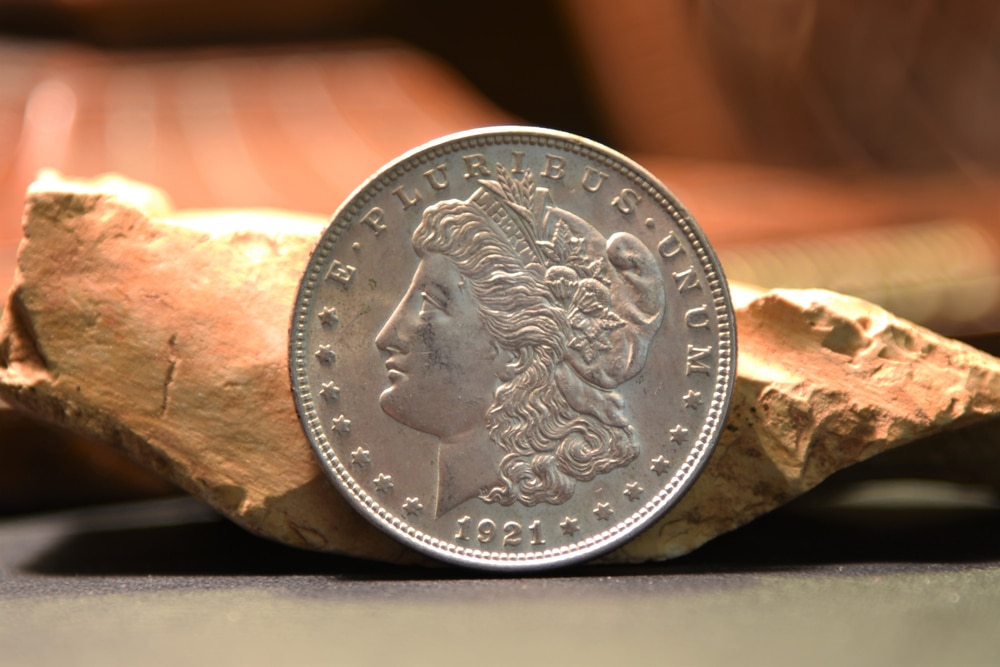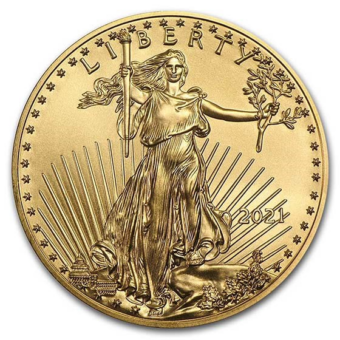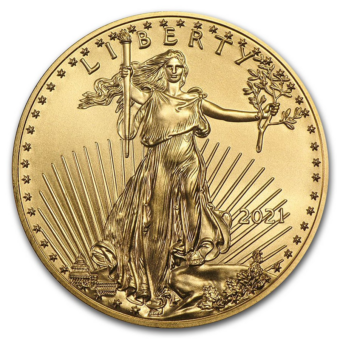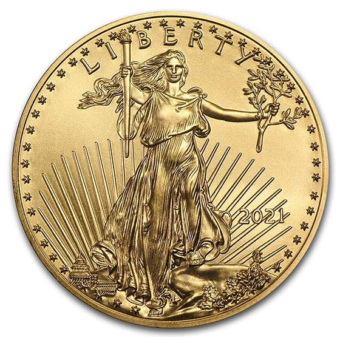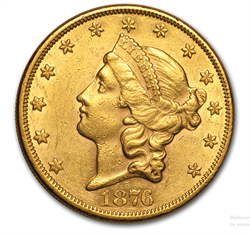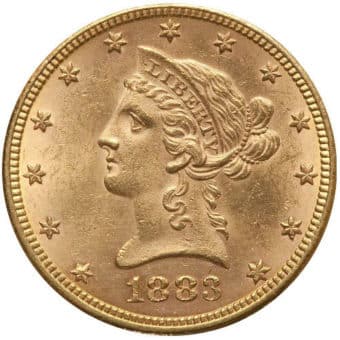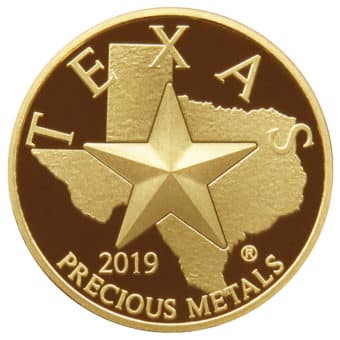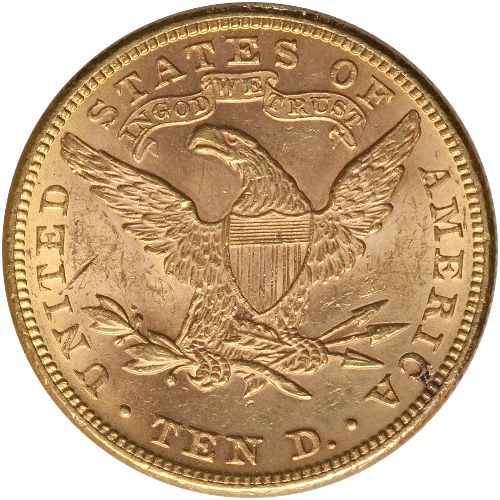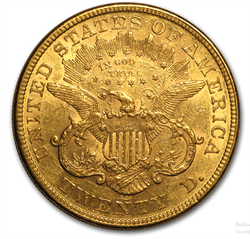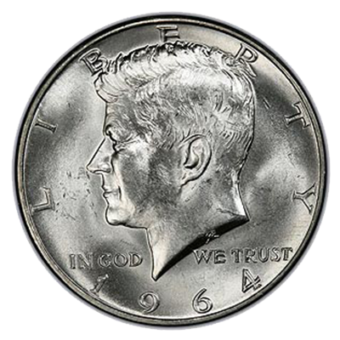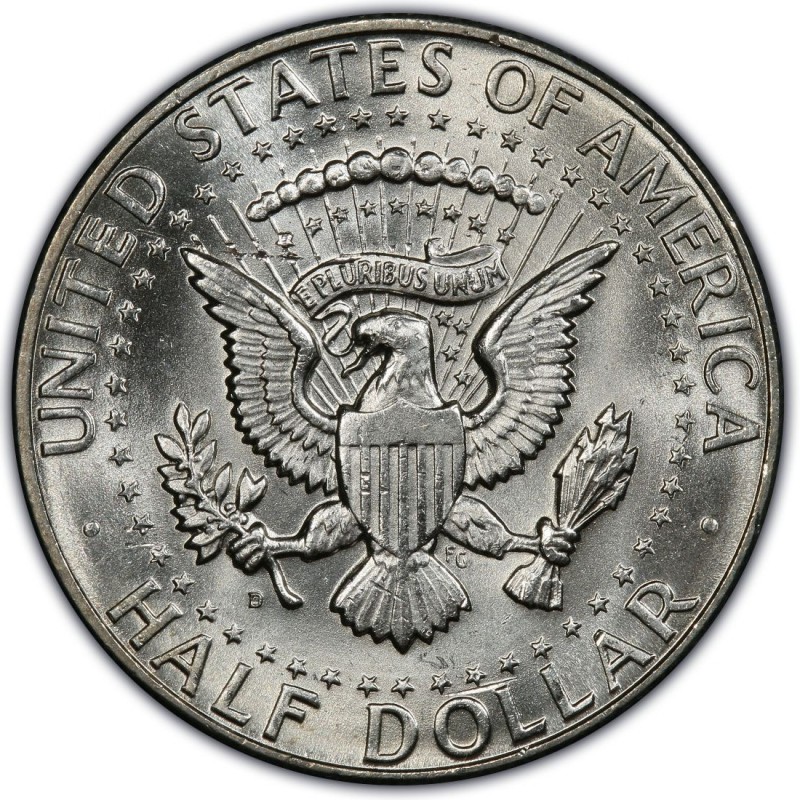EXCERPT: Dive into this week's crucial insights on the precious metals market. From unexpected unemployment shifts to expert predictions on silver outshining gold in 2024, our latest issue offers a concise overview and prepares you for market-moving events ahead. Stay informed and ahead of the curve
The Gold Trail: A Daily Journey Through the Week's Market
Monday - 8.28.23: In early U.S. trading on Monday, gold and silver prices saw a slight increase. December gold rose by $2.70, reaching $1,942.50, while December silver climbed by $0.037 to $24.62. This modest rise precedes the unofficial end of the U.S. summer, with the marketplace expected to pick up after the three-day U.S. Labor Day weekend.
Tuesday - 8.29.23: In early U.S. trading, gold and silver prices remained relatively steady. December gold declined by $0.80, settling at $1,946.10, while December silver decreased by $0.015 to $24.59. This stability comes ahead of significant U.S. economic reports for the week, including the jobs and labor turnover (JOLTS) report released today and the anticipated employment situation report on Friday. Furthermore, news from Monday highlighted China's tax rate cut, leading to positive sentiment among traders and investors in Asia.
Wednesday - 8.30.23: Gold prices in the spot market edged up by 0.11% to $1,964.7 per ounce. Silver prices, on the other hand, fell by 0.4% to $24.63 per ounce. The slight rise in gold prices was attributed to the easing of inflationary concerns, as evidenced by the decline in the US 10-year Treasury yield. Silver prices, on the other hand, fell on profit-taking after recent gains.
Thursday - 8.31.23: The U.S. Labor Department reported a decrease in weekly jobless claims to 228,000, surpassing expectations. Spot gold slightly declined, settling at $1,945.40 an ounce. Meanwhile, the U.S. Department of Commerce showed a consistent 0.2% monthly rise in its core Personal Consumption Expenditures price index, with annual inflation hitting 4.2%, doubling the Federal Reserve's target. Gold prices remained stable despite these developments.
Friday- 9.01.23: Gold and silver prices surged to daily highs on Friday, following a major U.S. economic report. This ascent followed the release of the August employment report from the Labor Department, which indicated an increase in non-farm payrolls and a rise in the U.S. unemployment rate. These numbers, along with earlier subdued U.S. data, suggest a dovish stance on U.S. monetary policy, hinting at no further interest rate hikes. This is favorable for the metals market.
US Unemployment Surges, But Payrolls Defy Predictions
In a surprising turn, the US unemployment rate climbed to 3.8% in August, marking its highest level since February 2022, despite nonfarm payrolls increasing by 187,000 – surpassing the projected 170,000. Adjustments to previous months depict a decline in payrolls, with July and June estimates being reduced notably. Contributing to the unemployment jump, the labor force participation rate escalated to 62.8%, its peak since just before the Covid pandemic announcement in February 2020. An expanded unemployment metric, which factors in part-time workers and those disheartened from job searching, ascended to 7.1%. On the brighter side, sectors like health care and leisure and hospitality witnessed significant job gains. The increase in unemployment was attributed to a rise of 514,000 in the unemployed rolls, while the count of employed households rose by 222,000. This economic shift occurs as the Federal Reserve evaluates its future monetary strategies, with a 38% chance of a rate hike in the October meeting.
Gold Remains Steady Despite Uptick in Manufacturing PMI
Gold prices stayed close to session lows even after a slight improvement was reported in the U.S. manufacturing sector. The Institute for Supply Management (ISM) disclosed that its manufacturing index for August was at 47.6%, showing an increase from July's 46.4%, but highlighting a contraction for the tenth month in a row. Index readings over 50% indicate economic expansion, while those below signify contraction. Post-release, spot gold was stable and was trading at $1,940.79, a slight 0.05% increase for the day. Other indices such as the employment and prices index also saw improvements, even if they remained in contractionary zones. Timothy Fiore of ISM emphasized that the uptick in PMI signifies a decelerating contraction rate, and even amidst soft demand, some of the primary manufacturing sectors, including Transportation Equipment and Food & Beverage, recorded growth in August.
Inflation Persists at 4.2%, Challenges Federal Reserve's Mandate
The Bureau of Economic Analysis (BEA) unveiled the PCE (Personal consumption expenditure) index for July 2023, revealing a continued inflation rate of 4.2%. The core PCE price index, which excludes food and energy, increased from 4.1% to 4.2% annually. Despite the inflation, consumer spending rose by 0.8% in July, even as personal income grew by just 0.2%. This growth in spending alongside a 3.5% dip in the savings rate hints at potentially unsustainable consumer behavior. As the U.S. emerges from a recession into a robust economic phase, with an expected 5.9% GDP growth in Q3, the Federal Reserve faces challenges. Balancing its 2% inflation target with full employment becomes intricate, with an 89% chance they won't raise the benchmark rate in September. Additionally, gold prices dropped due to dollar strength, and an upcoming Labor Department report is projected to show the addition of 170,000 jobs, maintaining a 3.5% unemployment rate.
Morgan Stanley Optimistic on Gold Amidst Rate Shifts
Lisa Shalett, Chief Investment Officer at Morgan Stanley Wealth Management, emphasizes gold's investment allure despite rising real interest rates. As the 10-year Treasury's real rate recently surpassed 2%, its highest since the 2007-2008 Financial Crisis, gold continued its steady performance. Factors driving the rate spike include unforeseen Treasury issuance and robust economic prospects, among others. Even with these shifts, gold broke through a $1900 resistance, potentially due to its role as an alternative currency and views that the rate increase might be temporary. Additionally, Morgan Stanley upgraded its 2023 U.S. economic growth forecast from 0.6% to 1.3%, citing strong industrial performance and public infrastructure investments.
A Few Reasons Why Silver Is Likely to Outperform Gold in 2024
Charlie Morris, Chief Investment Officer at Asset Management, believes that silver, often considered "cheap gold," is set to outshine its counterpart in 2024. Despite being prone to more volatility, silver presents a unique investment opportunity, especially when undervalued as it currently is. The Gold to Silver Ratio (GSR) stands at 79, indicating that gold's value is 79 times that of silver. However, Morris prefers to view this through the inverted Silver to Gold Ratio (SGR), emphasizing when silver outperforms gold. Over the past two decades, silver has consistently outperformed gold miners. Interestingly, despite a selling trend from investors over the past two years, silver's market remains firm. This resilience is underscored by the stable pricing amidst external investor sales and a significant market deficit - the largest in over a decade. This deficit, propelled by reduced mining production and an increased demand for silver in the solar industry, is forecasted to persist. Morris suggests that with the continued growth of solar panels, coupled with a potential reversal in investor selling trends, the stage is set for silver to challenge the $50 mark once again.
Gold's Response to Consumer Confidence and Silver's Ties to Chinese Stimulus
While the US economic outlook appears optimistic, reducing gold's appeal to investors, there are undercurrents of potential disruption. A dip in US consumer confidence might plunge the country into recession, subsequently bolstering gold's allure, as indicated by Heraeus's recent precious metals report. Earlier expectations of a recession led to speculations of the Fed cutting interest rates, which had temporarily strengthened gold prices. However, with the current belief that the economy is solid, the Fed might maintain or even raise interest rates, thereby pressurizing gold prices. Notably, if consumer spending diminishes, the US could face a recession, leading to favorable conditions for gold. On the other hand, as China's economy weakens, it's speculated that they might introduce further stimulus measures, particularly in the industrial sector, boosting the demand for silver. Despite silver's recent rally, investment demand for both silver and gold showed a decline in August.
Job Openings Decline and Inflationary Impacts Explored
The recent Job Openings and Labor Turnover Survey (JOLTS) data showed a decline in job openings to 8.827 million by the end of July, the first dip below 9 million since March 2021, which was unexpected and significantly lower than Wall Street’s forecast. There was also a notable downward revision to the prior month's figures, revealing a trend that openings are dropping faster than anticipated. Crucially, the ratio of job openings to unemployed persons has decreased to 1.5 from a peak of 2.0 in March 2022. This figure is often cited by Federal officials, including Fed Chairman Jerome Powell, as an indicator of labor market tightness. While it still remains historically high, the decrease might indicate a potential relaxation of inflationary pressures from the labor market. However, the current rate may not be sufficient to produce significant disinflationary effects. Despite the decline in job openings, the report suggests that a “soft-landing” – a major drop in inflation without a sharp increase in unemployment or economic contraction – is conceivable.
Hedge Funds' Position on Gold and Implications
While hedge funds are offloading their bullish bets on gold, expecting the Federal Reserve to sustain its hawkish stance, there's still a potential short squeeze on the horizon. The CFTC report reveals an increase in both long and short positions, with the gold market currently net long by 9,109 contracts, its most bearish positioning since mid-March. Despite the waning speculative interest, gold prices have consistently remained between $1,920 and $1,930 an ounce. Concurrently, the silver market is experiencing a short-squeeze push, with prices soaring above $24 recently, bolstered by increasing industrial demand as the shift to green energy propels the need for solar power. However, potential rate hikes and a strengthening U.S. dollar might pose challenges to precious metals in the upcoming months.
Next Week’s Key Events
Monday, September 4th
- Labor Day Holiday (no economic releases are slated for publication)
Tuesday, September 5th
- 10:00 am ET, the Factory Orders report for the month of July will be released.
Factory Orders can have an indirect influence on the precious metals market. A significant increase in factory orders can suggest economic growth, potentially strengthening the national currency and making precious metals more expensive for foreign investors. Conversely, a decline might indicate a slowing economy, which can boost the appeal of precious metals as a safe-haven investment.
Wednesday, September 6th
- ISM Services report for August is set to come out at 10:00 am ET.
The ISM Services index measures the activity level of purchasing managers in the service sector. A strong reading could signal economic health, possibly diminishing the appeal of safe-haven assets like precious metals. On the other hand, a weak reading could increase the attractiveness of metals as a protective investment.
Thursday, September 7th
- Initial Jobless Claims report will be released at 8:30 am ET.
This report provides insights into the health of the labor market. A spike in jobless claims can be seen as economic weakness, potentially driving investors towards precious metals as a hedge. Conversely, lower-than-expected claims might lead to optimism about economic stability, potentially weighing on precious metal prices.
Friday, September 8th
- 3:00 pm ET, the Consumer Credit report for July will be made public.
Consumer Credit indicates the level of borrowing by consumers, which can be a signal of their confidence and spending power. A surge in consumer credit might hint at economic optimism, which can dampen the allure of precious metals. Conversely, a contraction in consumer credit might point to consumer cautiousness, which can be bullish for precious metals as investors look for safer assets.


